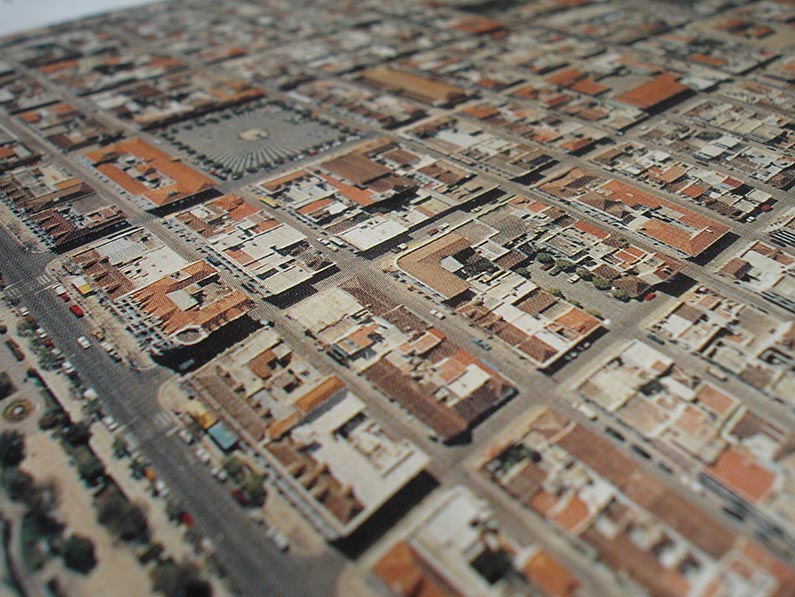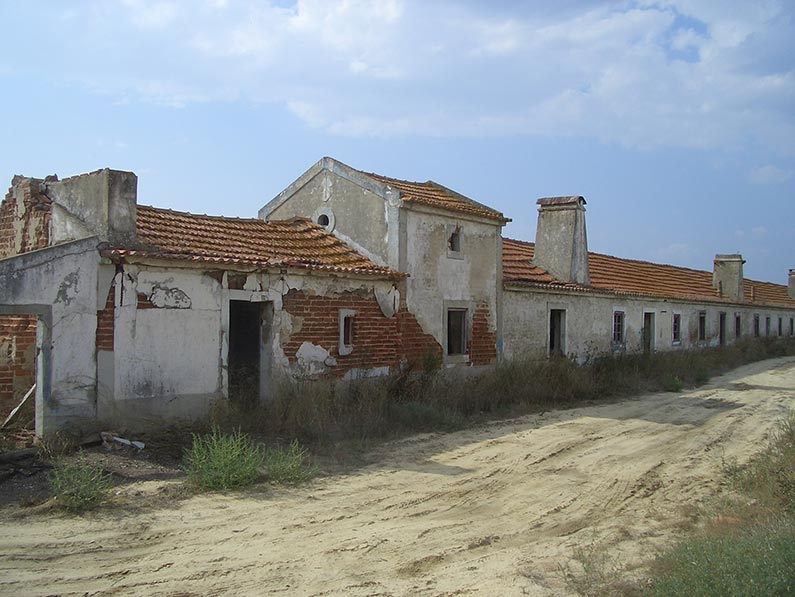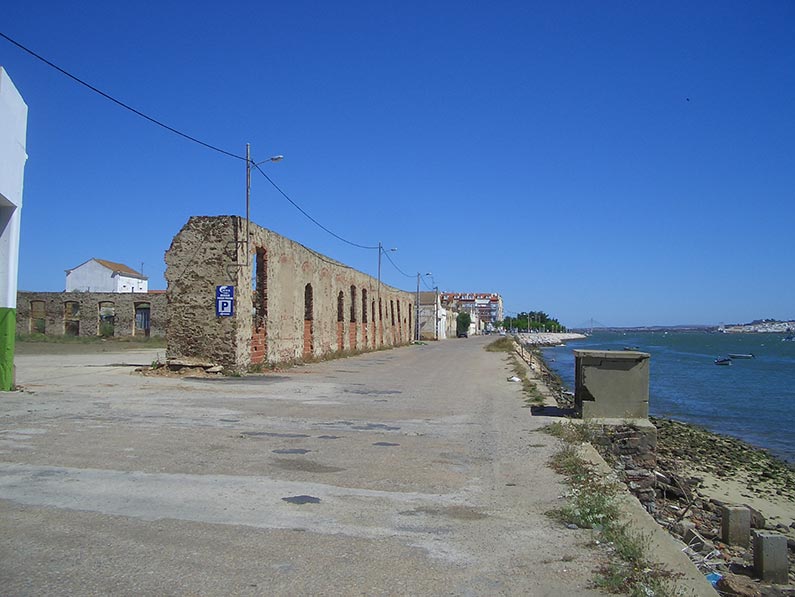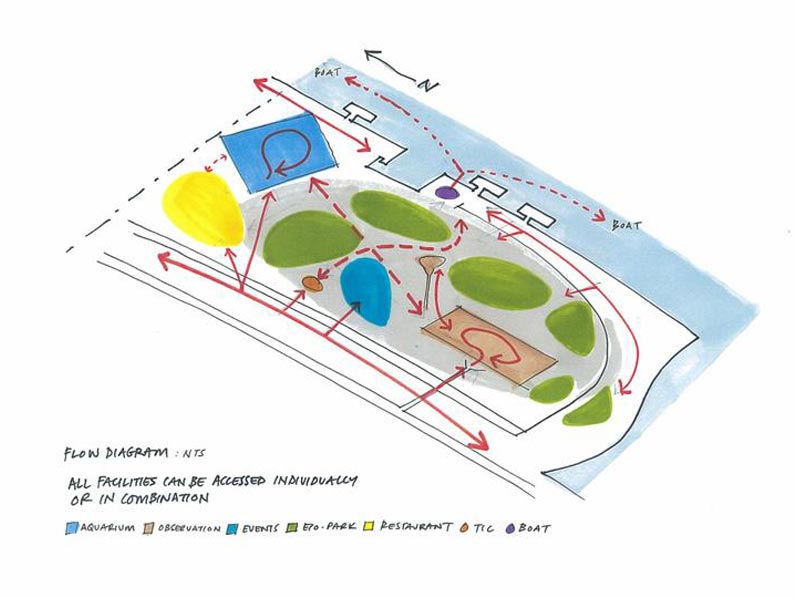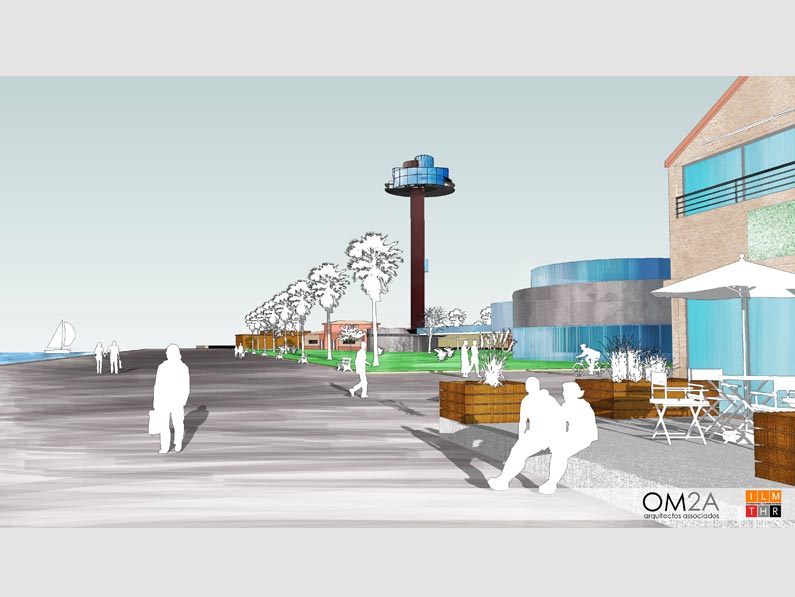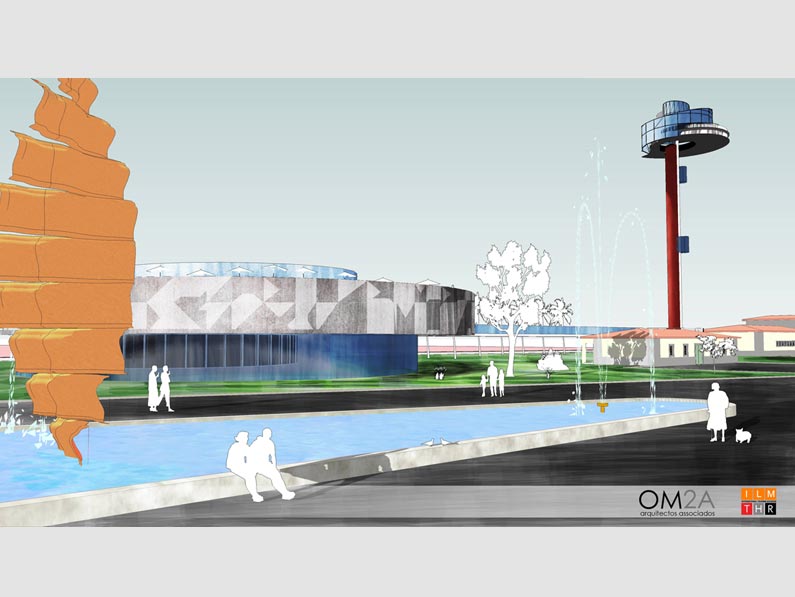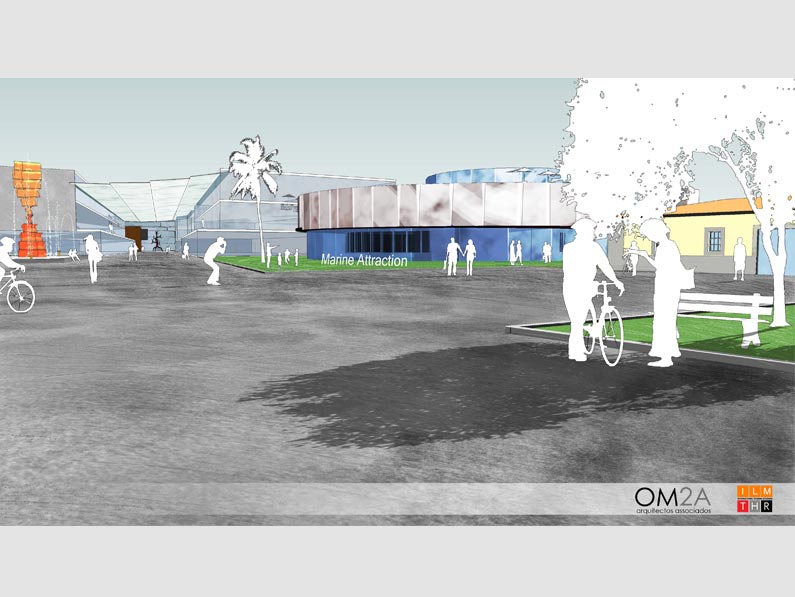Vila Real de Santo António
Location Vila Real de Santo António, Algarve
Promotor Local Authority of Vila Real de Santo António
Status Delivered
Year 2008-2009
Scope An integrated potential and viability analysis for a municipal tourism project based on a Visitor Attraction model
Context
The revision of Vila Real de Santo António’s Municipal Plan was the ideal moment to reflect on the tourism planning of this destination located in the extreme east of the Algarve, having an important natural, historic and cultural heritage with special emphasis on its historical centre, river front and coastline, enormous beaches and traditional fishing and canning industries, among others.
Services
Taking as its starting point the objective of adding value to the city’s historical centre, we created a development strategy for the local authority area as a tourism destination.
We undertook a market study and analysis of different local resources from which we derived the central idea for the project – to create a system of urban experiences anchored on the City’s basic natural feature – its river. An holistic approach based on a proposal for a visitor attraction whose real advantages and economic multiplier effects would allow for the creation of an appealing and sustainable tourism destination.
The work method applied was to use a multidisciplinary team specialised in urban planning, master-planning, development and implementation of tourism products, Visitor Attractions, architecture, museology and heritage which followed all of the steps for a successful Placemaking project which, in this case, was based on integrated urban development anchored on tourism.
Our proposal was to create a new tourism and leisure hub capable of attracting new visitors in a symbiosis with the City’s community and heritage, creating touristic synergies to strengthen the City’s ties with its residents and visitors. It would also benefit its forgotten and deteriorated natural and structural elements allowing for a greater vitality in both the natural and built environments reinforcing the City’s roots in history and the relationship with its river.

